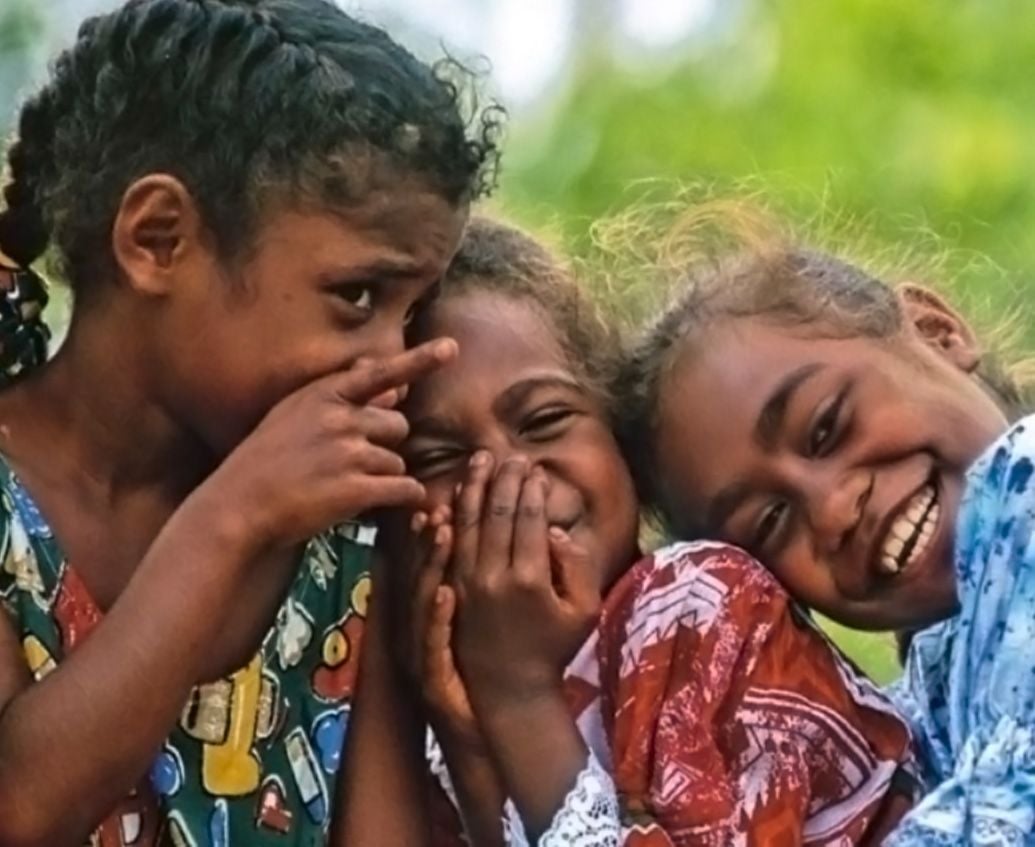The Heart of Voh is a natural clearing formed by the mangroves. It symbolises an ecosystem worth protecting.
The world’s most famous heart didn’t find fame through Saint Valentine, but rather through photography: it’s the Heart of Voh (“Vook” in the local Kanak) found on the west coast of Grande Terre, 300km from Nouméa, in New Caledonia. A simple 4-hectare clearing, or tanne, formed by the mangroves on the edge of the lagoon, whose recognisable human shape has sent writers into a frenzy.
A unique landscape
In 1999, the photographer Yann Arthus-Bertrand made it the cover photo for his book, Earth from Above, a UNESCO-sponsored inventory of the world’s most beautiful landscapes. The book went on to sell four million copies and the famous heart is now seen on t-shirts, stamps, and diaries, and embroidered on towels. And just like the photographer, you can see the famous heart from the sky on board a microlight. It’s now much greener than in 1999: as the mangrove has gained ground, the yellow colour at the centre of the heart that contrasted with the verdant edges has since disappeared. But the outline remains, and between mountains, turquoise lagoon, and the green expanse of the mangrove trees, the landscape in which the heart resides is breath-taking!

Another option is to take a 4x4 for a drive, or just hike up Katepai Mountain. It’s three hours of pure fresh air. The bravest visitors will climb all the way to the 700m summit, while the rest can be happy with the observation platform at 400m. The view below shows the heart in full, and beyond it the subtle shades of green and blue that make up this wild coastline.
A fertile land
In the centre of Voh, visitors can discover the history of this little bit of land that was colonised in the late 19th century, to become a key coffee-growing hotspot in the early 20th century. Back then, Voh residents harvested a trifling 300 tonnes every year! The nice little eco-museum hosts temporary exhibitions on coffee, which can be perused while sipping on a mug of Arabica. Nowadays, nickel, farming, and aquaculture are the main industries providing a livelihood for the pioneers’ descendants. Women catch 100 tonnes of crabs from the mangrove every year, showing just how important this ecosystem is.
Une terre fertile
Dans le centre de Voh, les visiteurs peuvent aussi découvrir l’histoire de ce bout de terre colonisé à la fin du XIXème siècle et haut lieu de la culture du café au début du XXème siècle. Les habitants en récoltaient alors la bagatelle de 300 tonnes par an ! Le joli écomusée accueille des expositions temporaires sur le café, à découvrir en dégustant une tasse d’arabica. Aujourd’hui, avec le nickel, ce sont l’élevage et l’aquaculture qui font vivre les descendants des pionniers. Cent tonnes de crabes sont pêchées chaque année par les femmes dans la mangrove. C’est dire toute l’importance de cet écosystème.
Recommandations et conseils : Quelle que soit l'option choisie pour découvrir le coeur de Voh, préserver cet écosystème est essentiel. C'est pourquoi nous vous conseillons d'utiliser une gourde et des contenants réutilisables si vous souhaitez vous restaurer pendant votre visite. Souvenez-vous que le meilleur déchet est toujours celui que l'on ne produit pas.
Zoom in:
By Anne-Claire Delorme
Globetrotting journalist [email protected]








